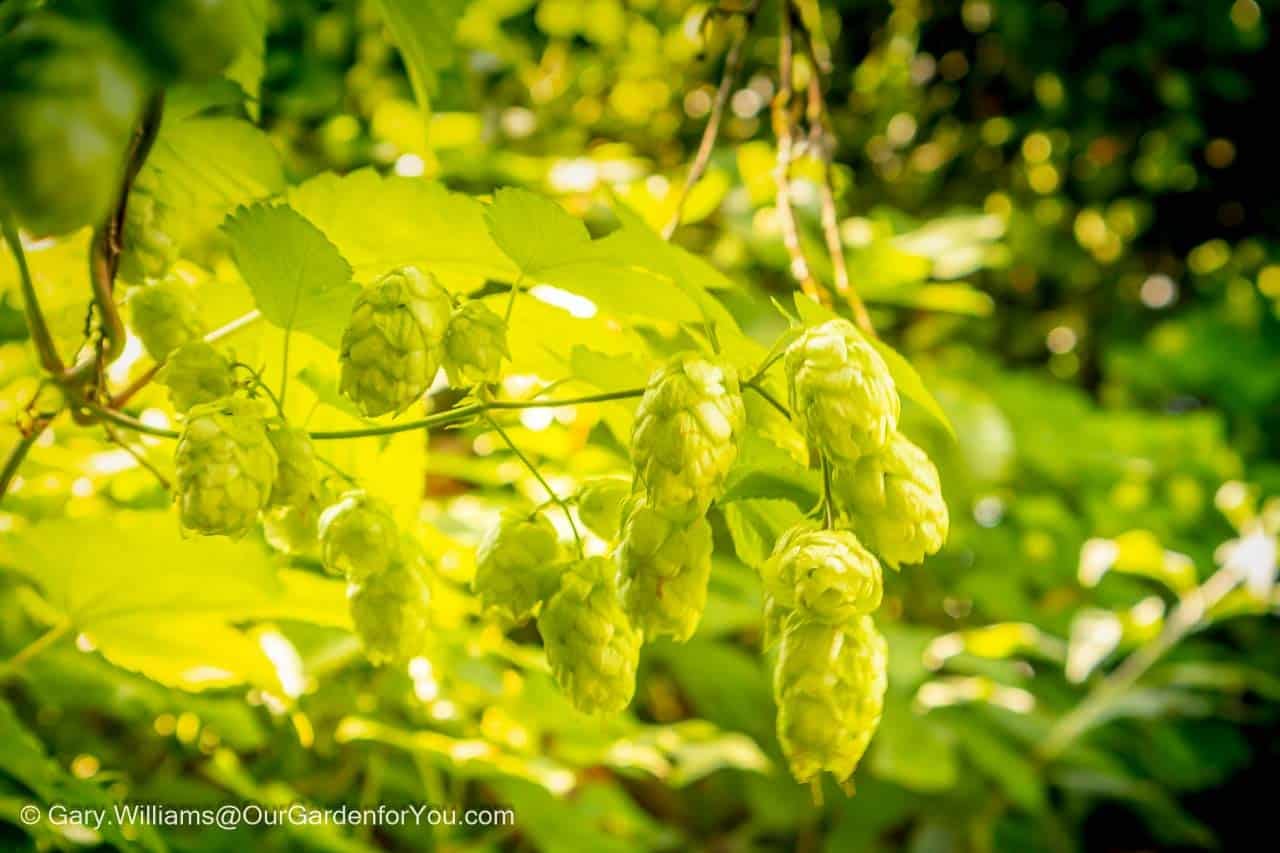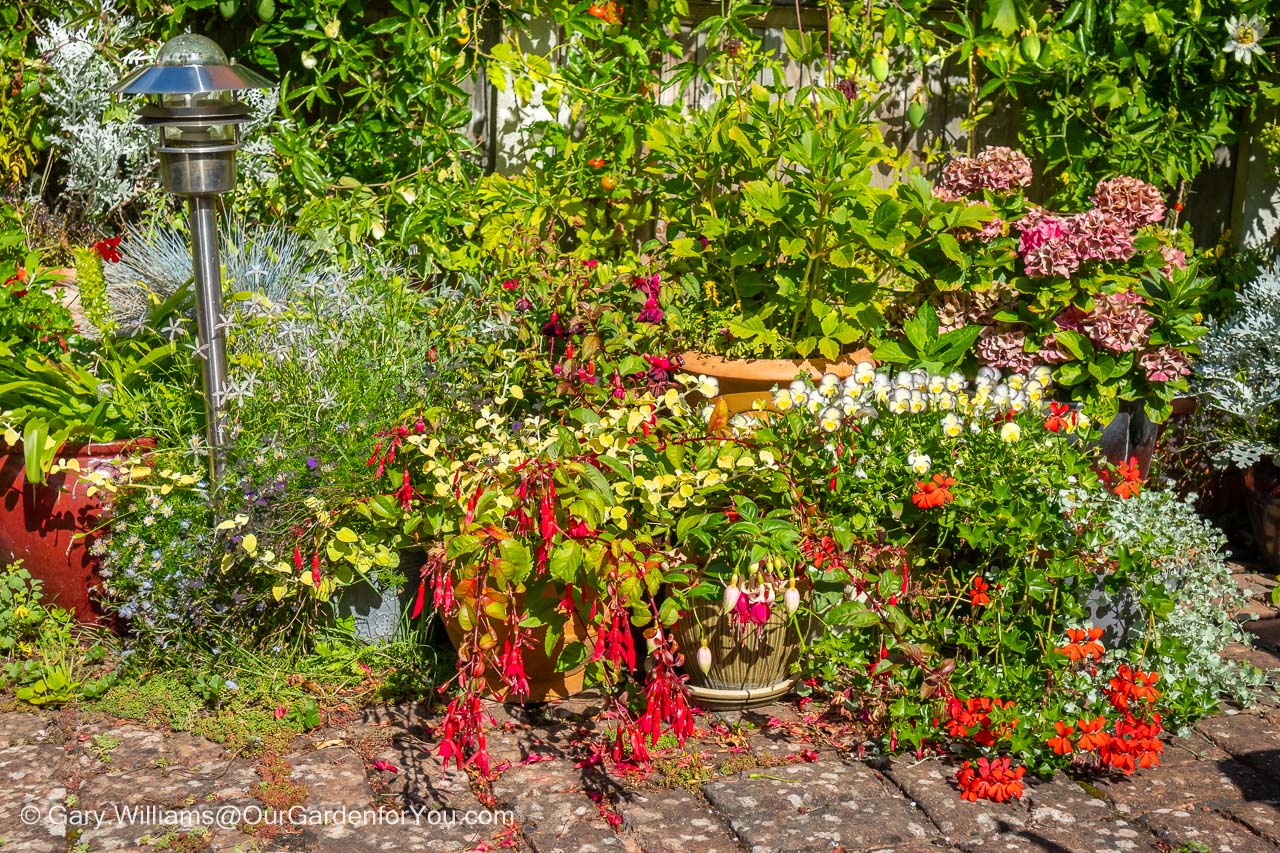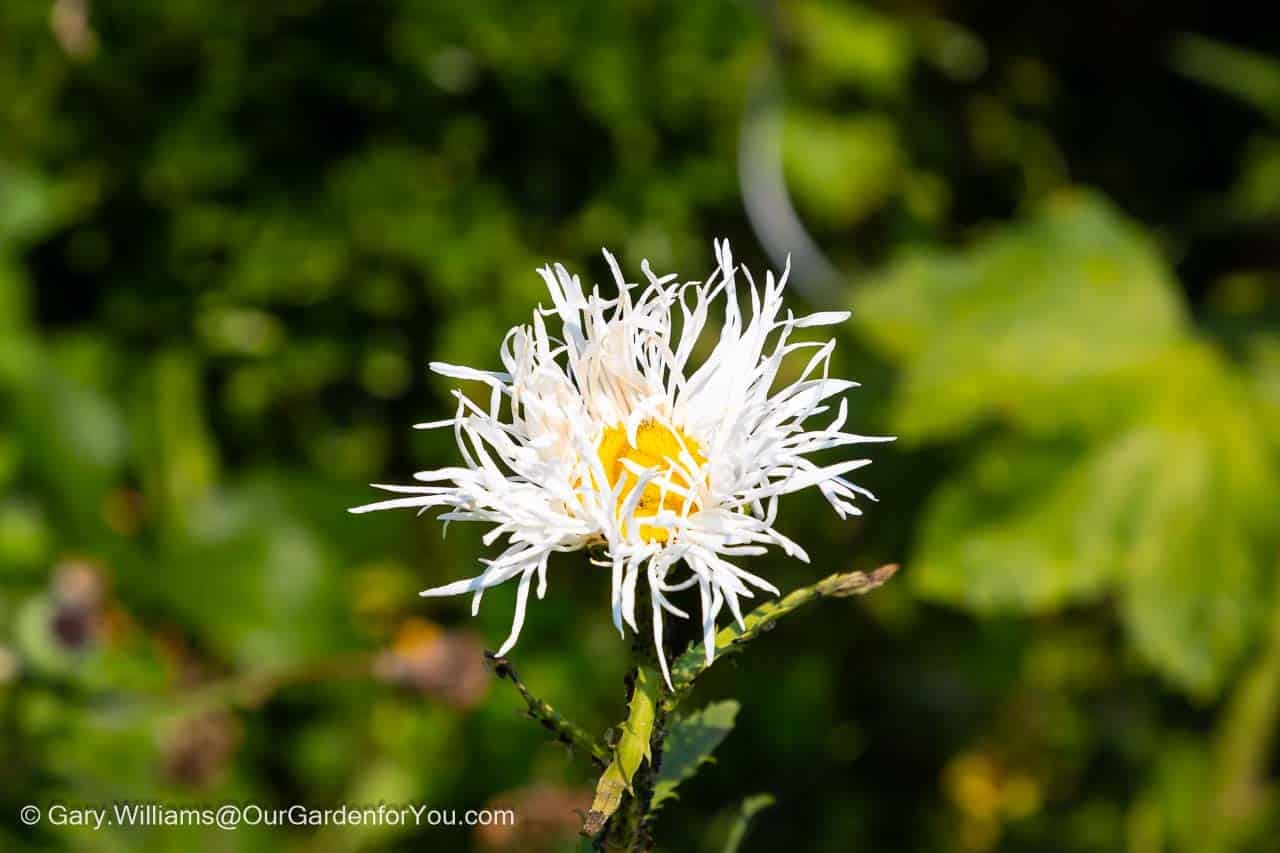The RHS sharing their love of snipping
Wow, I never knew there were 13 pruning groups!
I hope that discovering these ‘Pruning Groups’ helps you to understand your garden a little more, as it has undoubtedly helped me.
Breaking down your plants and shrubs into pruning groups really enlightens you about your beloved plants’ needs and growing tendencies.
I must admit I’m very much an amateur here. As far as I’m concerned, every little snippet of information or assistance helps me no end. So, it’s terrific that the RHS are sharing their invaluable knowledge.
As previously mentioned, our garden certainly needs some taming. Some sections must be tackled delicately, and others require a firmer pruning. As you know, they will relish the new haircut and grow back just as vigorous.
It’s time for me to get out my new Kent and Stowe Eversharp secateurs, they are going to work a treat.
Pinterest?

Pruning group 1
A little light pruningThis sounds like my kind of pruning, a shrub that requires low maintenance. Of course, you must keep these in check; otherwise, they may get out of hand after a few years.
The plants that fall into this category are evergreen and deciduous trees and shrubs, like holly and Laurus (bay), we certainly have our fair share of both of these. Also, deciduous azalea and lilac.
Another group 1 plant is a Red Robin, which is always lovely to see.
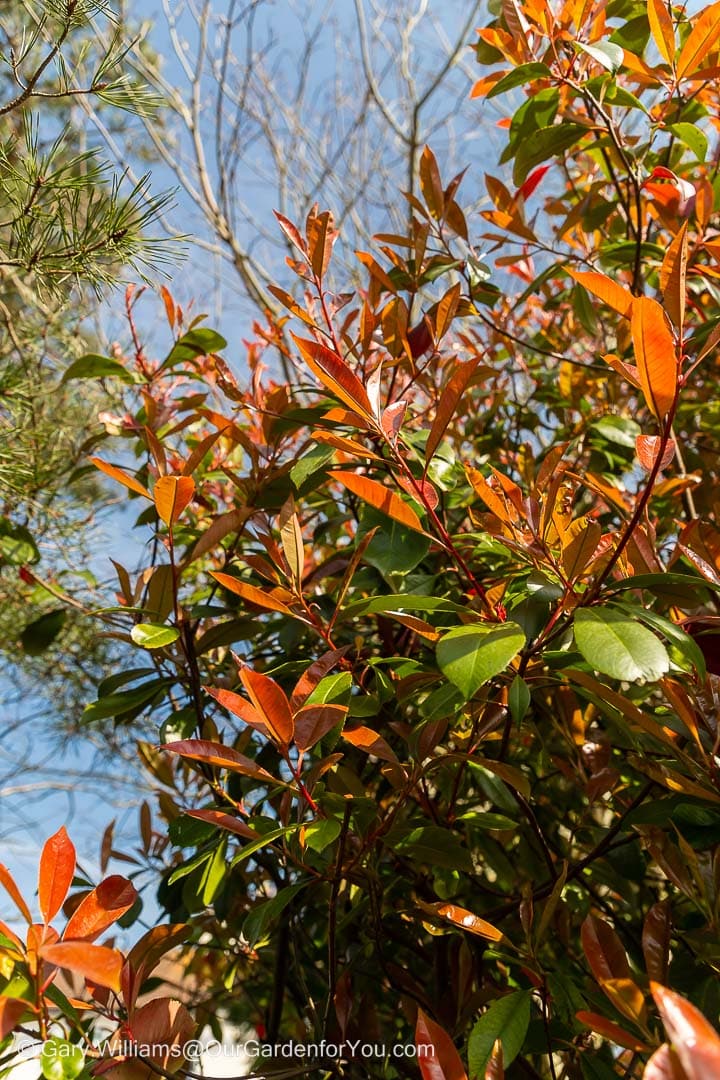
In essence, this group will apply to plants that do not have vigorous off-shoots.
The season for Group 1 pruning is late winter or early spring. Remove damaged shoots and thin out where crossing occurs.
Japanese maple falls under this group, but as they are prone to bleeding, this should be done in late summer or early autumn. Personally, unless you have some dead or damaged branches, I would let my Acer Palmatum grow happily and very lightly prune to shape in our lawn shady section of the garden.
Pruning group 2
Those early flowerersThe shrubs that fall under this category are early-flowering plants. The deciduous shrubs that you need to keep an eye on flower in late winter, spring, and early summer.
They will need annual pruning to encourage new shoots and improve their future flowering.
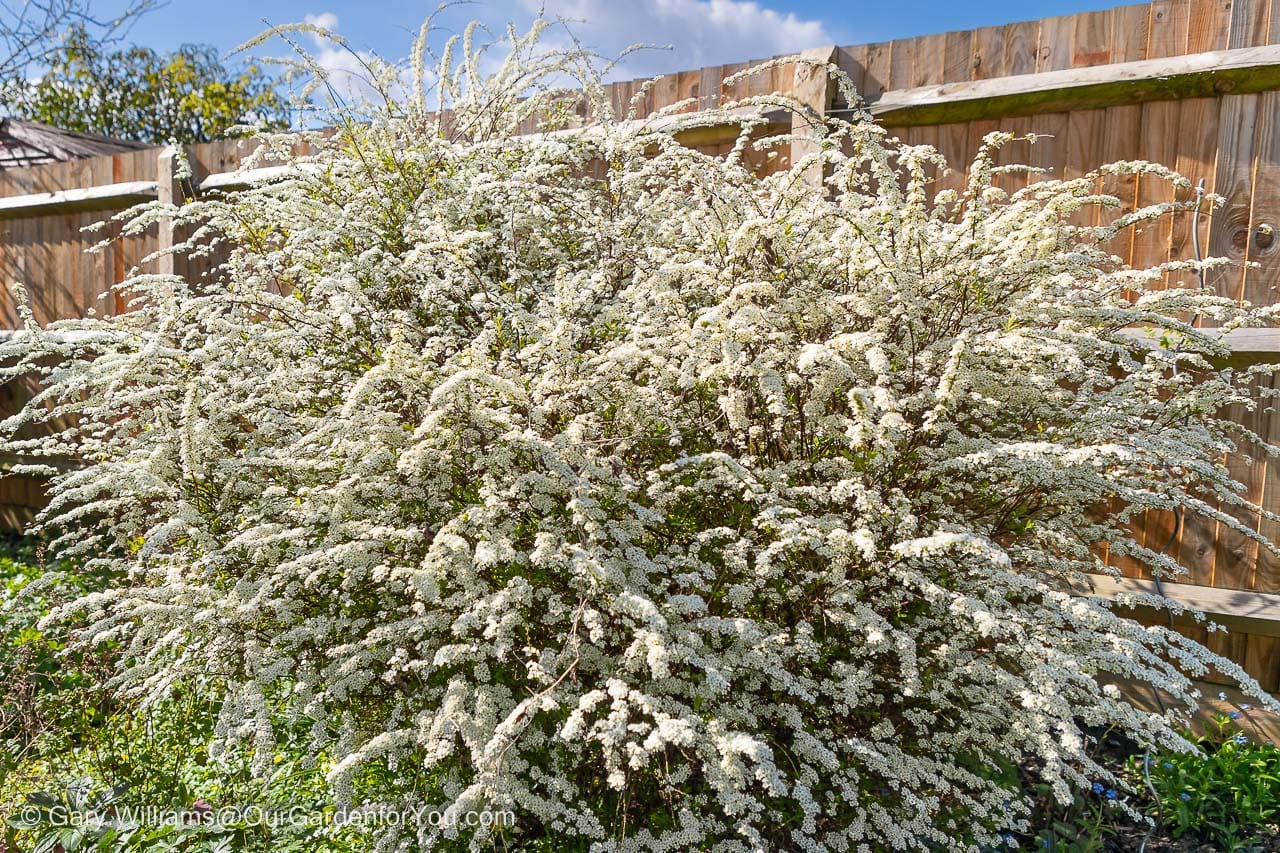
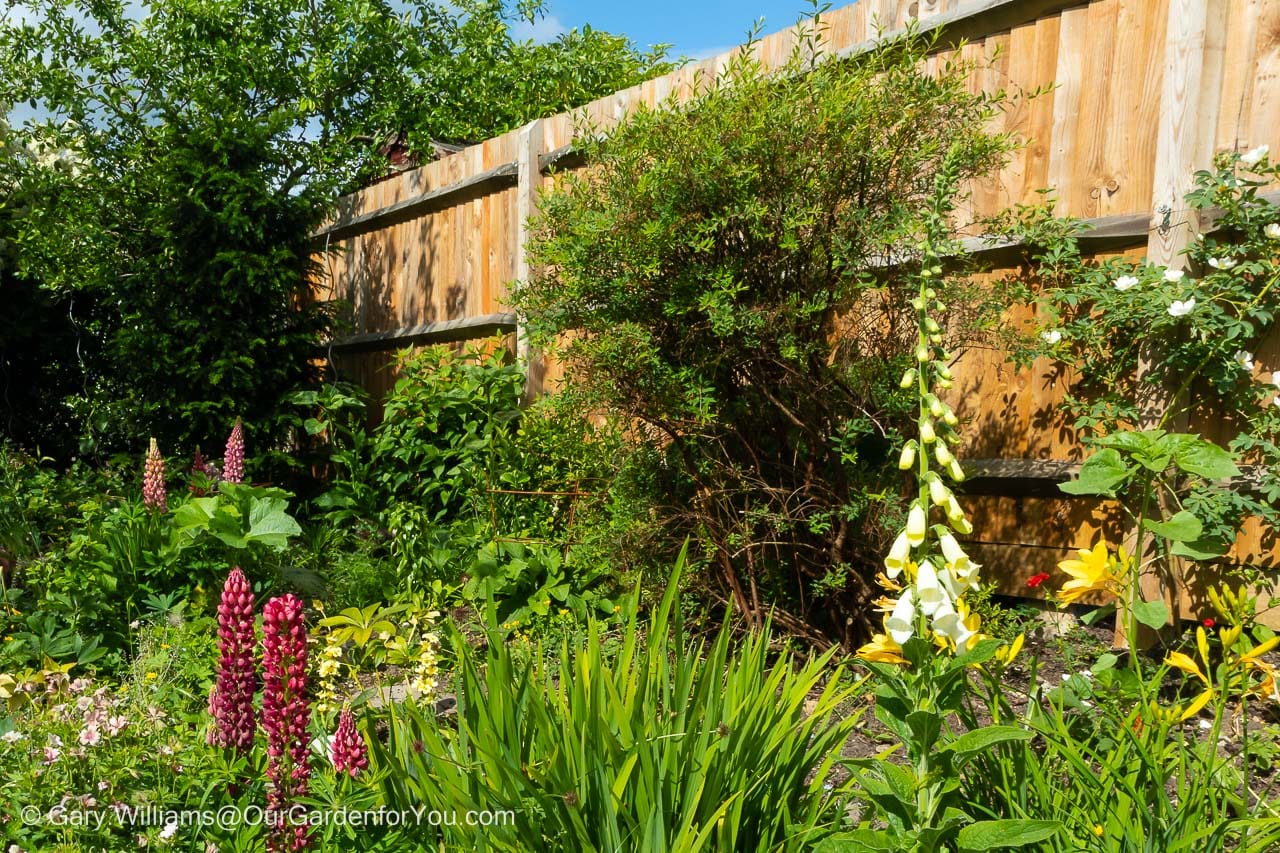
Thin out the shrub to allow airflow, so it doesn’t become choked. Also, take out any spindly shoots, as this will allow your beautiful plant to focus on flowering.
We have plants at home that come under this category Spiraea, Ribes and Weigela.
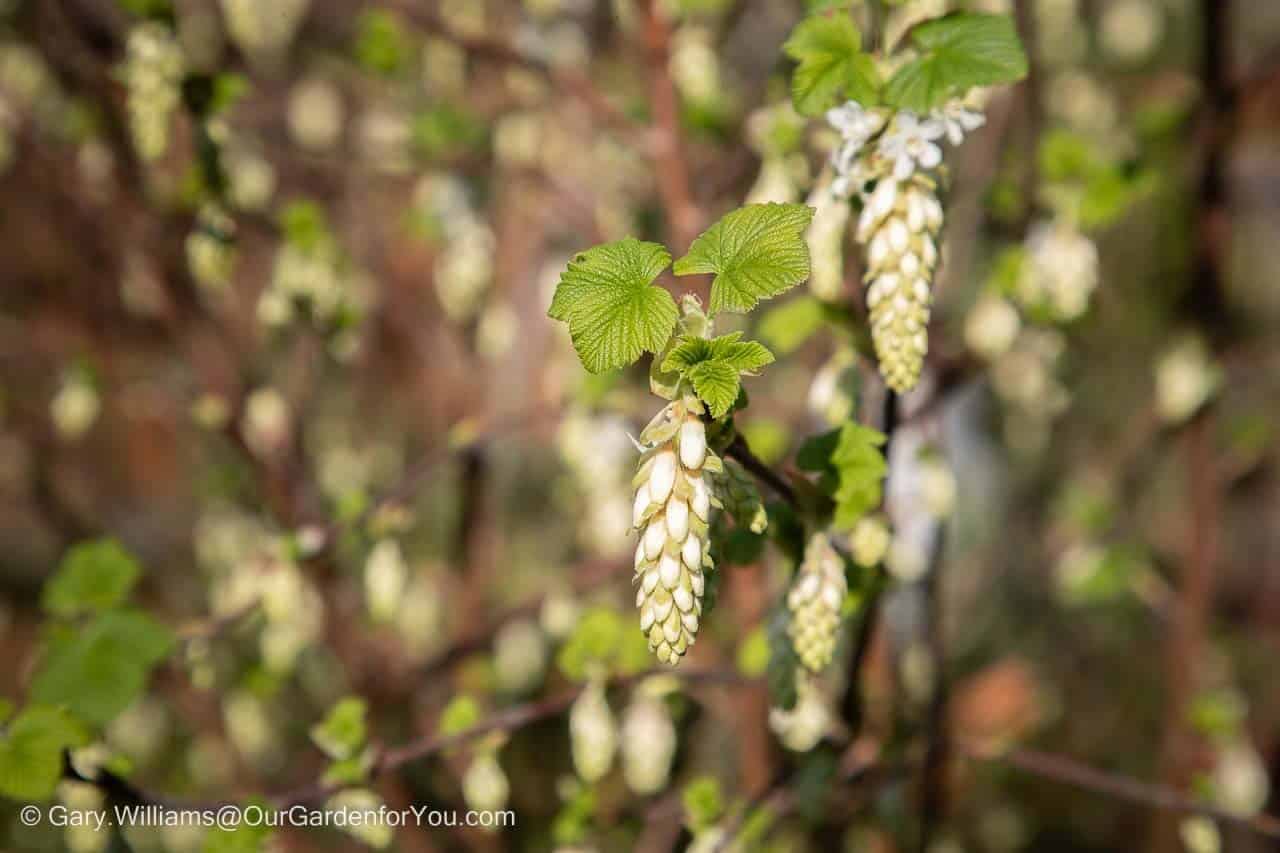
Pruning group 3
Low flowering deciduous shrubsGroup 3 is similar to group 2; however, this is specifically for shrubs with new flowering growth near ground level.
Once again, prune back after flowering to side-shoots. These plants often grow at ground level; you should cut back one in three stems hard each year.
I don’t think we have any shrubs that fall under this group, although an example would be Neillia.
Pruning group 4
Your summer flowerersThis group includes our trusty and wonderful friend, the Hydrangea.
The main take from here is not to remove the dried and faded mopheads from your shrub. By leaving the lacy tops behind, you protect the new growth below. Over winter, your Hydrangea will hopefully escape frost damage.
Come mid-spring, and you’re to get your secateurs out, cut the crispy faded blooms to the first or second pair of healthy buds.
I learnt this tip from my grandad many years ago, which has always stuck with me.
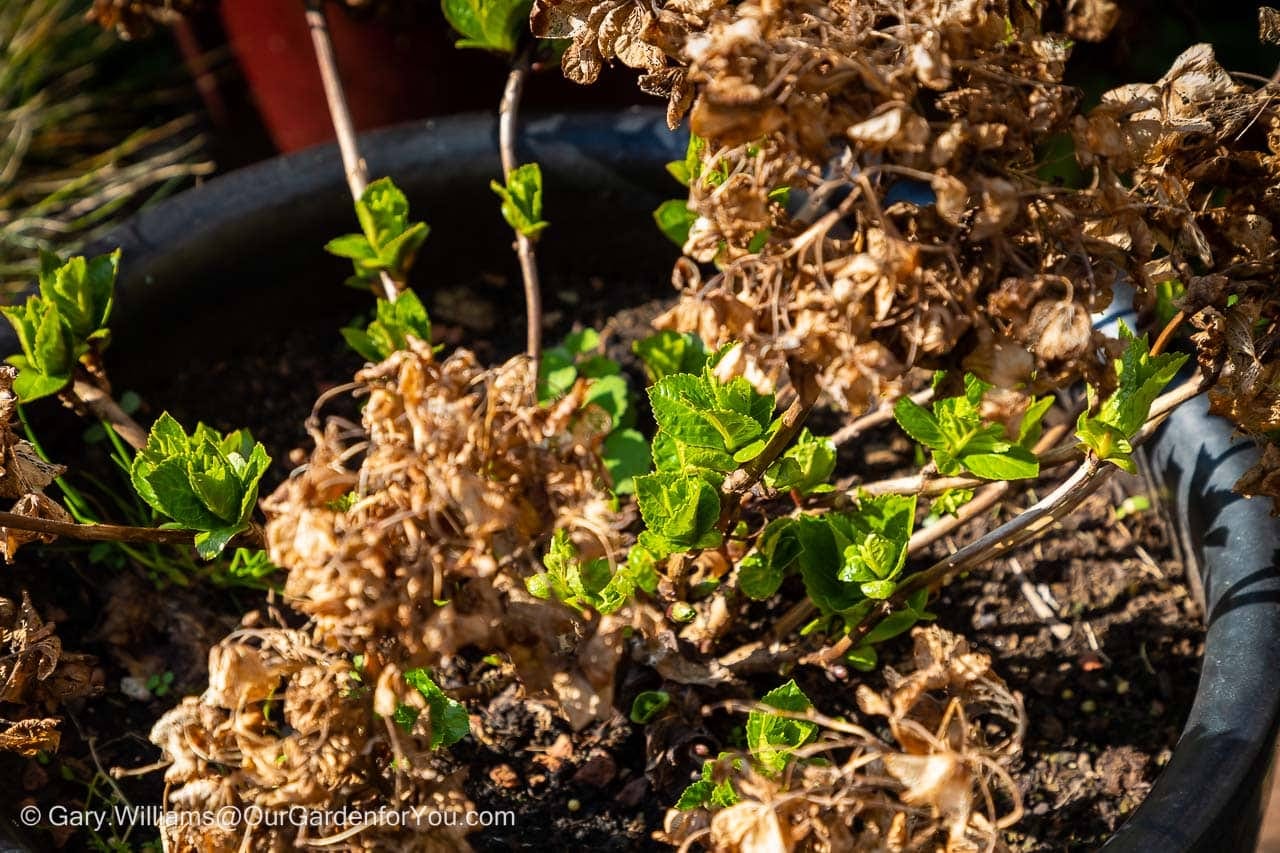
Pruning group 5
Tough love is required hereGroup 5 is again similar to 2; however, these plants love to be hard pruned and require their stems to be cut back near the base.
Don’t forget to mulch and feed!
Pruning group 6
These can wait until springThe plants that lie in this group are shrubs that flower from mid-summer onwards.
Pruning these deciduous plants in spring allows them time to produce lush new growth for flourishing blooms for mid-summer colour. If you prune in the winter, it may lead to frost damage on new shoots.
In spring, prune back the previous year’s blossomed stems to within one or two buds. Also, remove dead or spindly growth, allowing air and encouragement throughout the shrub.
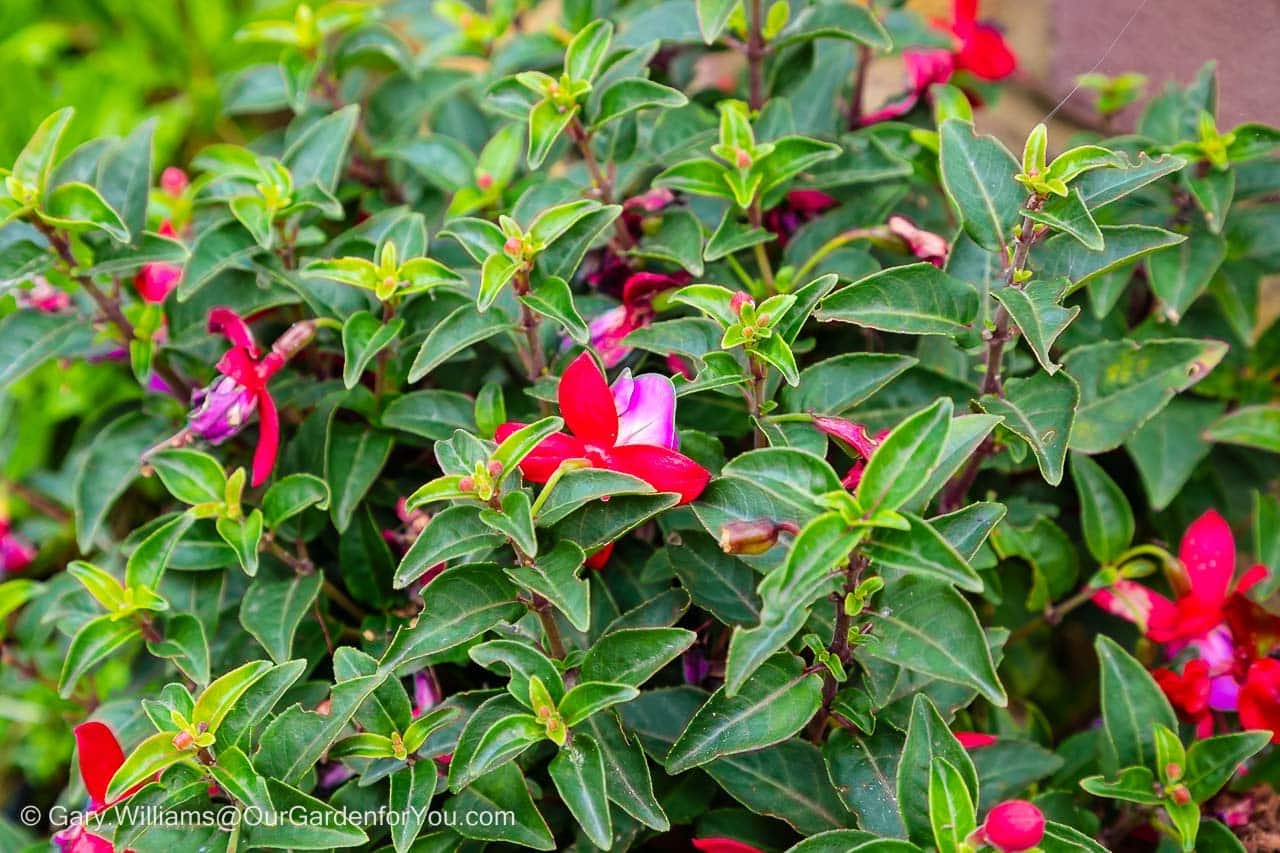
Pruning group 7
Colour is important herePruning for colourful stems is the key point for group 7.
The shrubs that fall under pruning category 7 are eye-catching plants like dogwoods and willow.
The ideal time for pruning is late winter or early spring (February/March), in essence, before the leaves begin to shoot. It is imperative that pruning is carried out in the dormant season as this will encourage strong regrowth.
Pruning group 8
Now it’s all about evergreensThis category covers a large group of plants, the evergreens, so you may also need to refer to pruning groups 9 & 10.
Group 8 refers to your early flowering evergreens.

Most of your evergreens will probably be pruned around April to May (mid-spring) after all signs of frost have disappeared or after they have flowered.
Although if your shrub is in severe need of TLC, it would probably be better to start sooner rather than later.
So, for group 8 pruning, removing around one-third of old wood and cutting out any diseased or dead shoots is preferable. Give it a general tidy-up, so it looks more attractive.
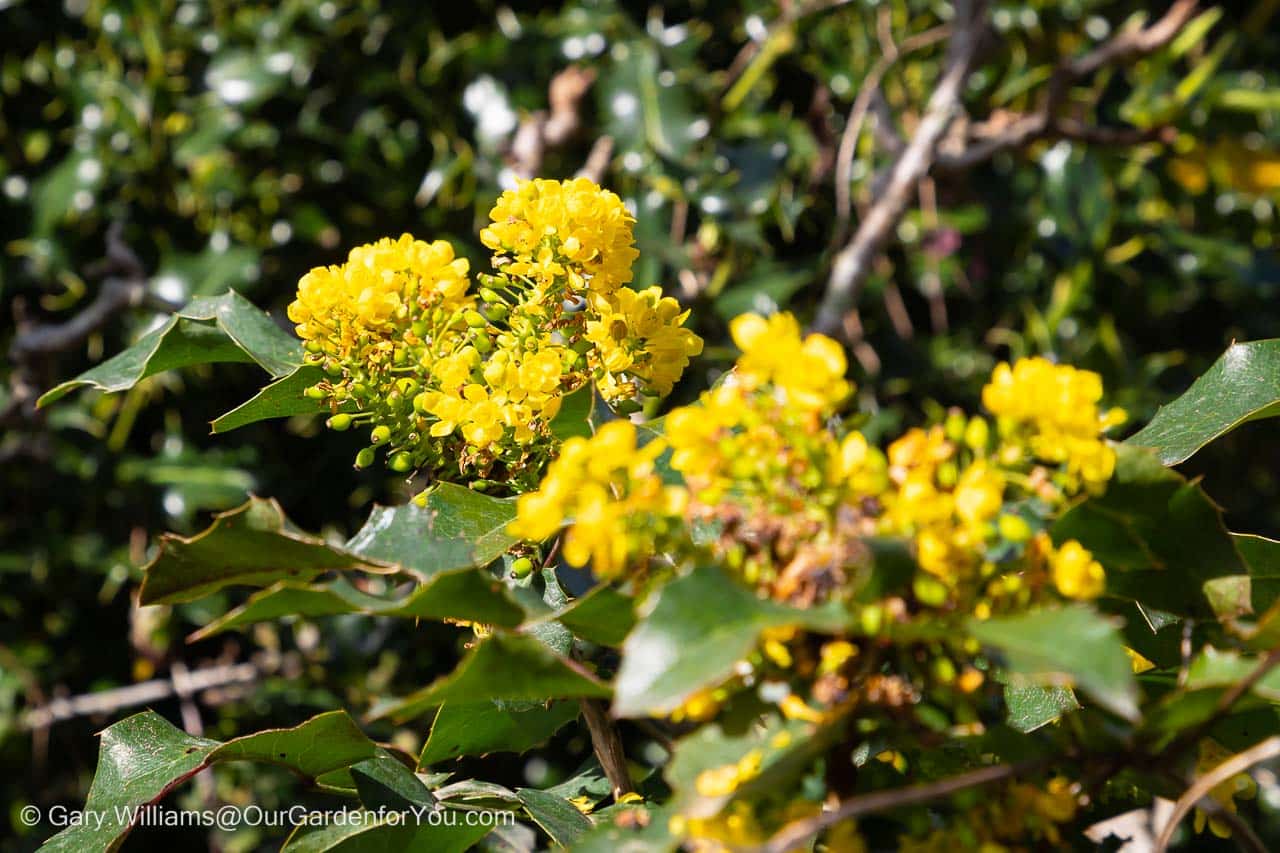
Pruning group 9
Your late flowering evergreensGroup 9 is similar to group 8; however, this is specifically for late-flowering shrubs.
If you have plants that flower in summer and late autumn, these will need to be pruned mid-to-late spring; however, these may require less pruning and a delicate touch.
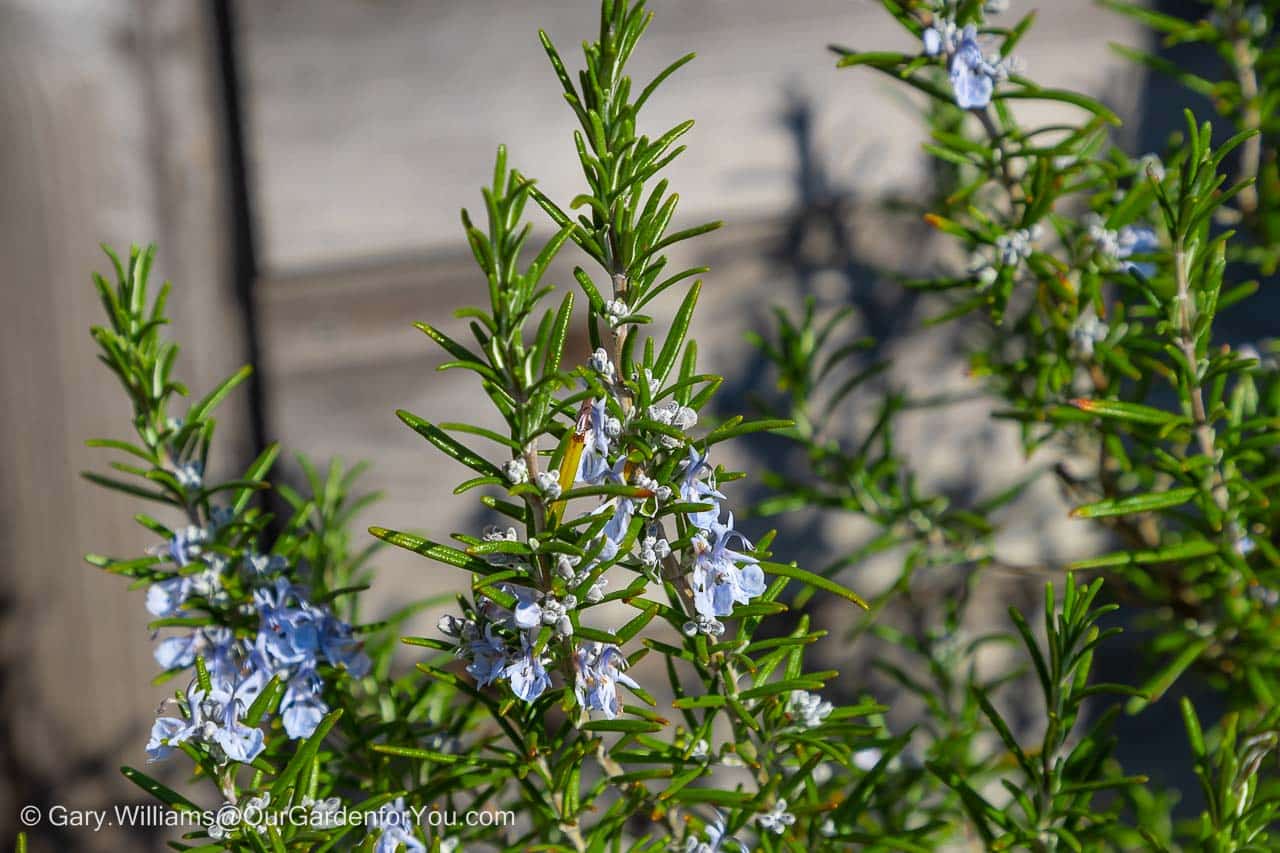
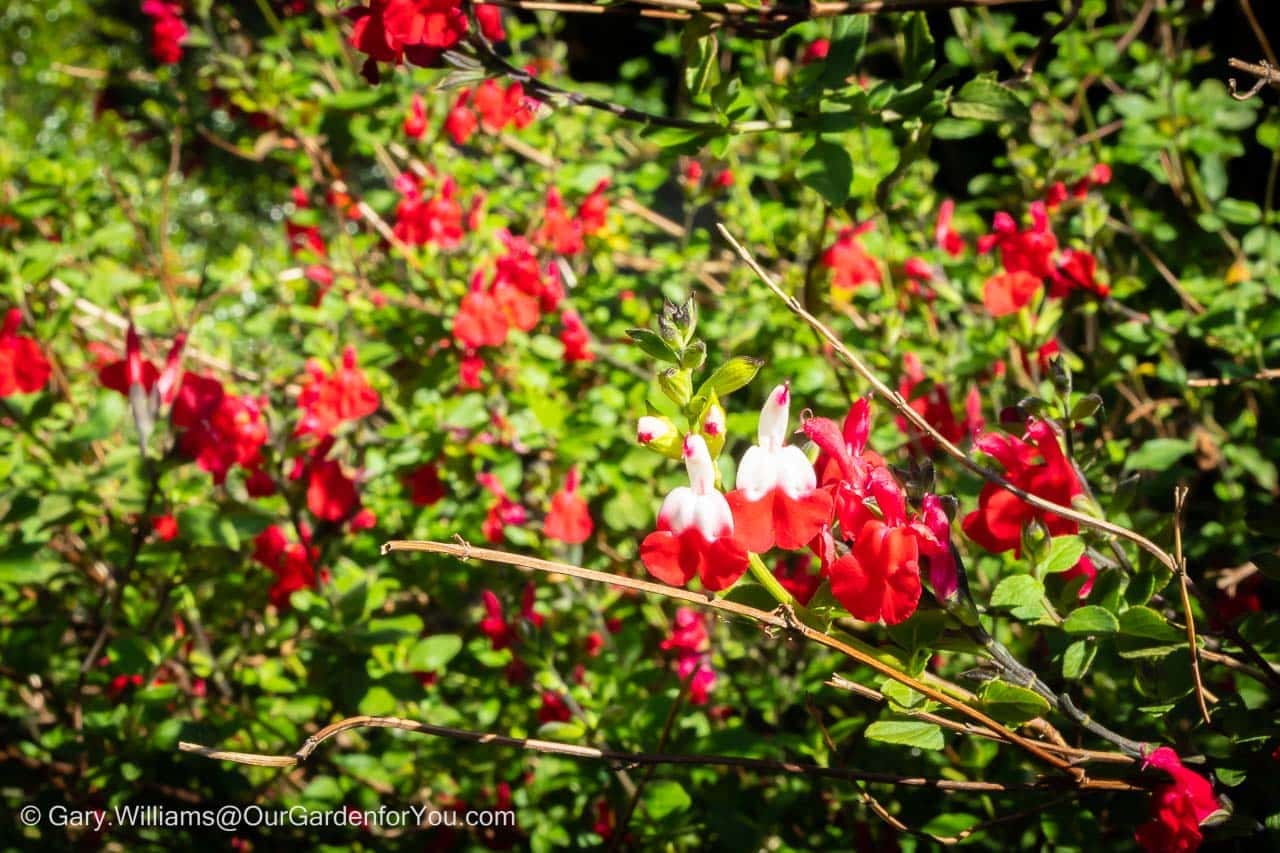
Pruning group 10
Evergreen shrubsGroup 10 is once again similar to 8. However, these will need to be pruned after flowering if flowering is on the previous year’s growth, which would be spring or early summer.
If the flowering is on the current year’s growth, this will be late summer and autumn.
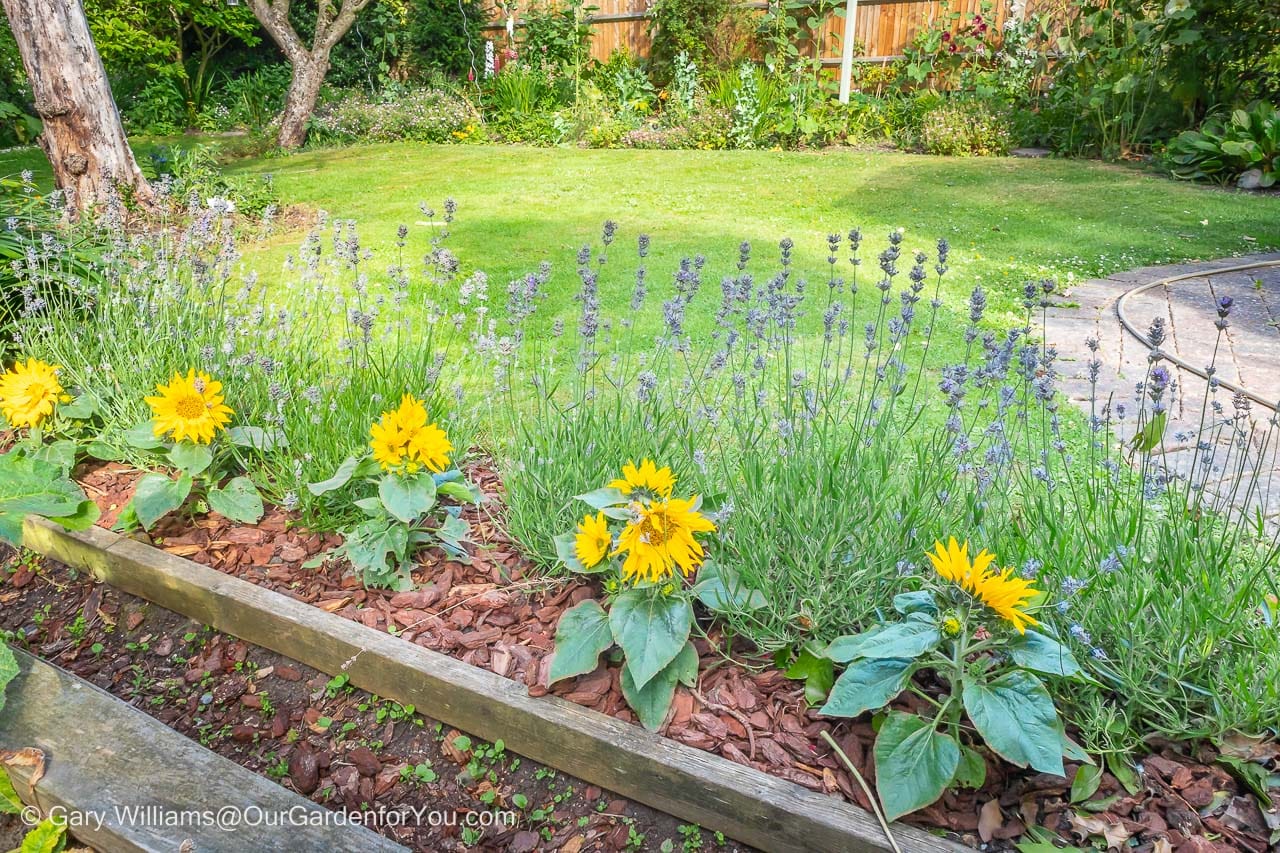
Cut back shoots that have flowered to within ¾-1in of the previous year’s growth.
The type of plant you are looking out for here is thyme, lavender, and heather. Earlier this year we added our own slice of Provence to our English country garden.
Pruning group 11
Controlling the vigorous climbersYour plants that are covered in group 11 are climbers and wall shrubs, specifically vigorous growers. You’ll also need to refer to pruning groups 12 & 13 to cover other climbers.
Just to help a bit, plants that have flowers on the previous season’s growth are usually pruned immediately after flowering. These will often be blooming in winter, spring or early summer.
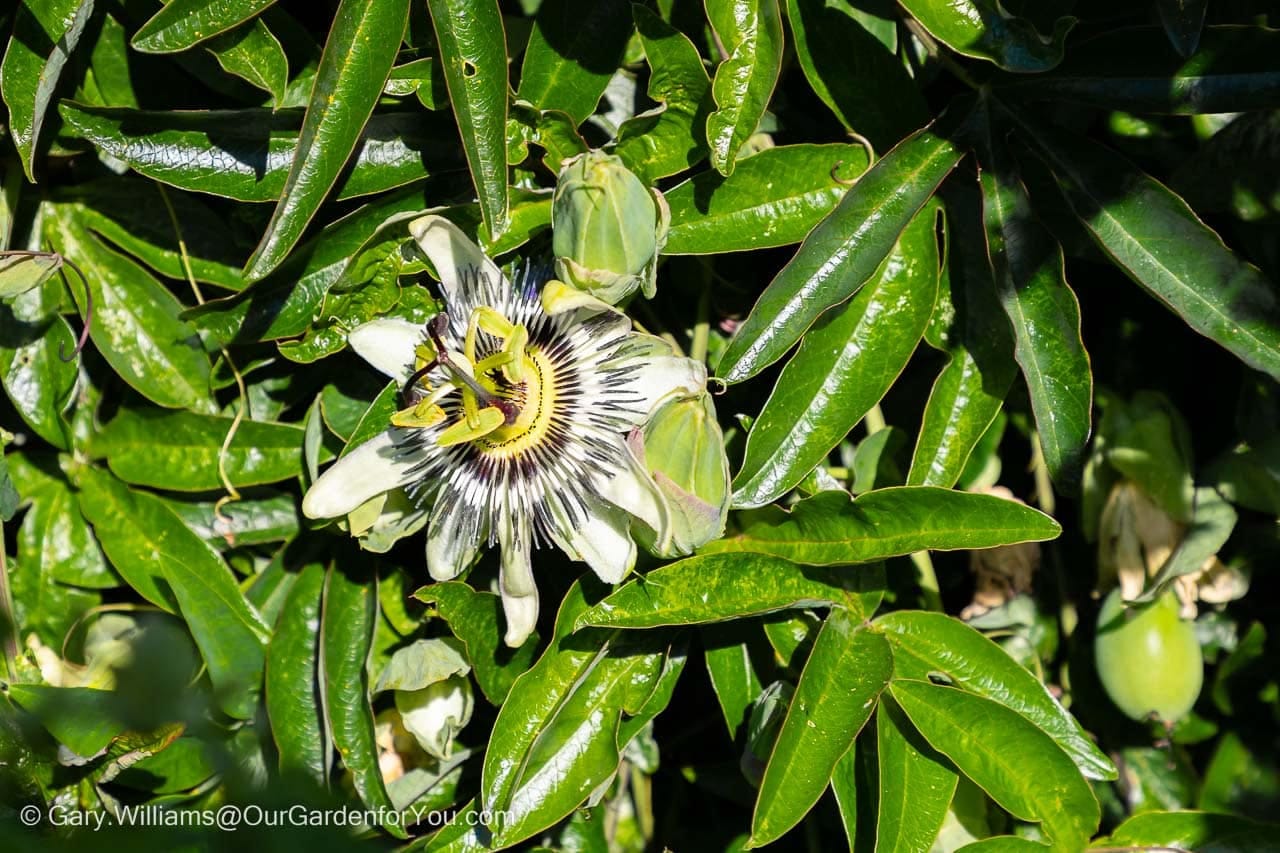
Your climbers that flower on the current season’s growth in mid-to-late summer or early autumn tend to be pruned in late winter or early spring.
The vigorous climbers we need to keep an eye on in our garden are honeysuckle, Vitis and passion-flower.
Pruning group 12
The tempered vigorous climbersGroup 12 is similar to 11 concerning timing. However, for the actual pruning, the side shoots will need to be cut back to within three or four buds of the main framework of branches. This will encourage compact growth.
Remove diseased, damaged, or overcrowding branches.
The climbers that fall into category 12 include Solanum crispum and Bougainvillea.
Pruning group 13
Wall trained shrubsOnce again, just like group 11, wall shrubs should be pruned after flowering. For those that flower on the previous season’s growth or in late winter, early spring (February/March) on the current year’s growth.
Ensure you prune the shoots growing towards the wall and shorten the side shoots to encourage the plant to become compact.
We only have a couple of plants from this category, the Pyracantha and Ceanothus.
I hope this post offers you some guidance when pruning and also encourages you to be a little more confident with your pruning.
* This post may contain links to affiliated sites where we earn a small commission at no additional charge to you.
